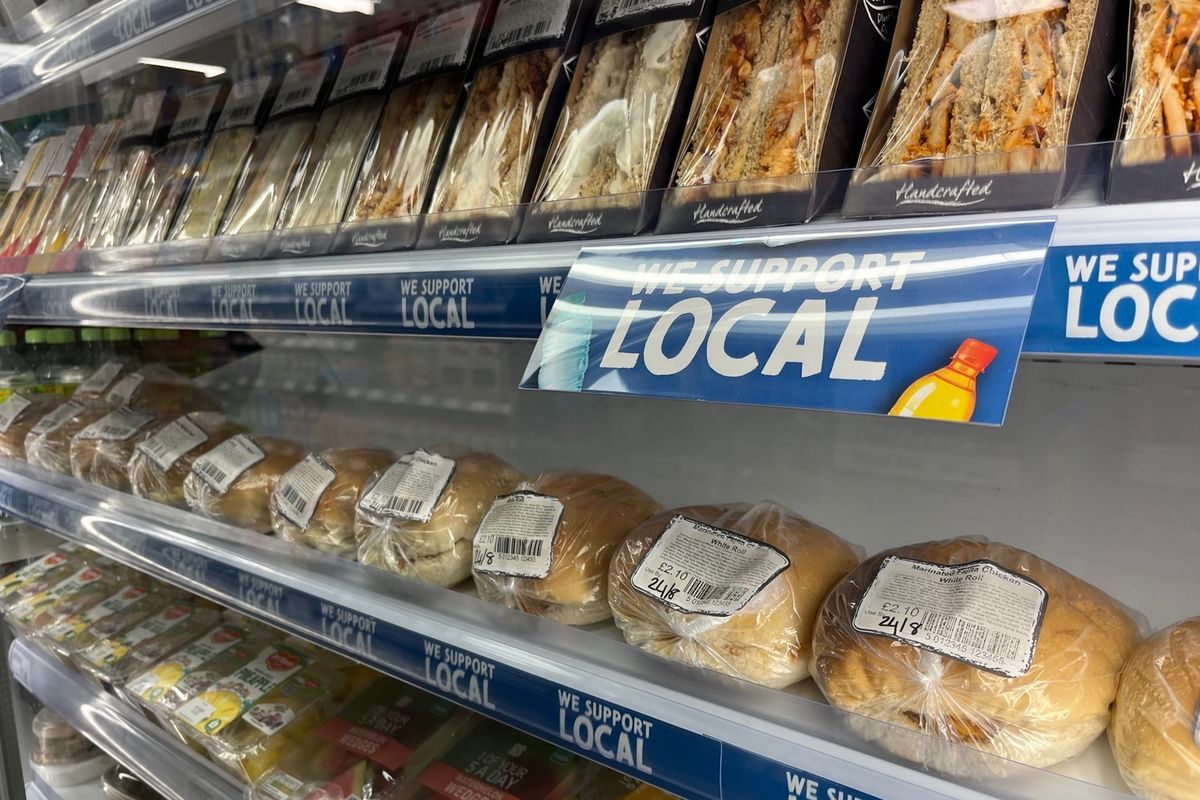The Scottish Grocers Federation (SGF) Go Local Programme launched on 1 December 2020, and set out to support convenience stores throughout Scotland to provide dedicated, long-term display space for locally sourced Scottish products, to drive local sales and ultimately support the economic recovery of Scotland’s’ food & drink sector from Covid-19.
The project, delivered with the support of the Scottish Government and Scotland Food & Drink, has gone from “strength to strength”, providing dedicated space for local products under the Go Local banner.
Findings in a new joint report published today (8), show a remarkable increase in Scottish products being sold over the counter in participating stores. Averaging a 44 per cent growth in sales of goods sourced from local producers. It also highlights a significant multiplier impact and boost for the local economy, with expected increases of around £169k per store per annum.
Administered by the SGF, the Go Local Programme provides individual grants for retailers to invest in developing a dedicated space for local products (£5,500 in 2024) and has a particular focus on facilitating “meet-the-buyer” events linking up local retailers with producers in their area.
“We have seen the number of people wanting to support local producers continues to grow and this independent report shows the real impact that the Go Local Programme has had in getting more and more of our fantastic local food and drink on the shelves of convenience stores, a vitally important sector,” said Rural Affairs Secretary Mairi Gougeon. “The programme is bringing real benefits to local communities, supports the economy and importantly offers more opportunities for our wonderful food and drink producers to showcase their products.”
Jamie Buchanan, Go Local Programme Director, said: “The fantastic thing about Go Local is that it is a win-win for everyone. Customers ensure they are getting only the best quality local produce and boosting the local economy at the same time. Meanwhile, producers and retailers get direct access to their local market while also improving sustainability and cutting out long-distance transport costs.
“It’s no surprise that the programme has gone from strength to strength since its launch in December 2020, and this report confirms the positive impact for participating stores. It has been great to work with both Leigh and Maria developing the report and I want to thank them, and all involved in delivering the programme these past four years.”
The in-depth report on the project has been developed by Research Fellow, Dr Maria Rybaczewska, and Professor of Retail Studies, Leigh Sparks, from the University of Stirling.
“The Go Local Programme has demonstrated that concerted action from retailers and producers to highlight and spotlight local products provides a significant and sustained growth in sales of these products and overall for the stores,” said Prof. Sparks.
“Joining the project makes a huge difference in the overall performance of local products, with the increased multiplier effect building community resilience and the focus on local producers and products reducing the carbon and environmental impacts locally and nationally.”
Scotland Food & Drink have also been instrumental in expanding the range of compliant products available through the project.
Scotland Food & Drink Programme Director, Amanda Brown commented: “The Go Local Programme is a great example of how selling and promoting locally sourced Scottish products can build sales both for the retailer but also the producers. Research tells us that Scottish consumers want to buy more Scottish brands and products, and the project is helping make this happen.”


